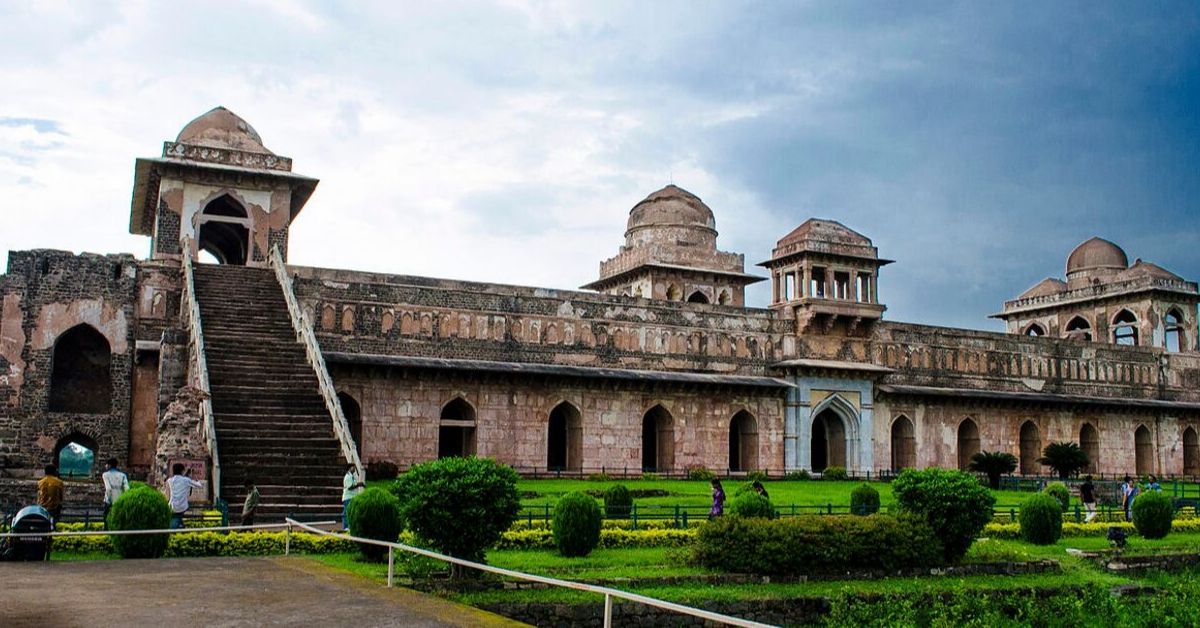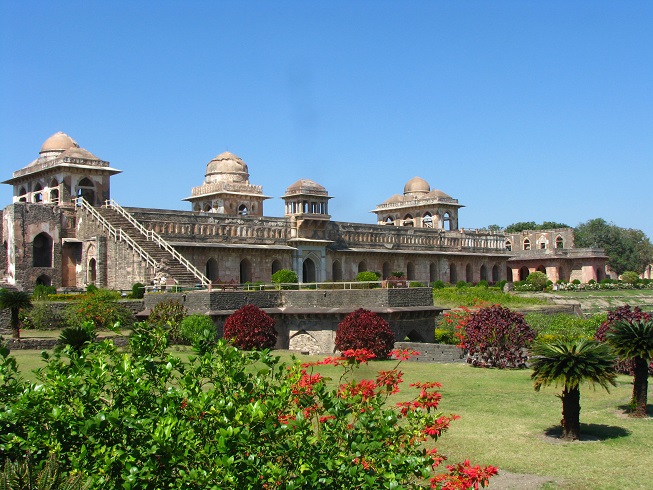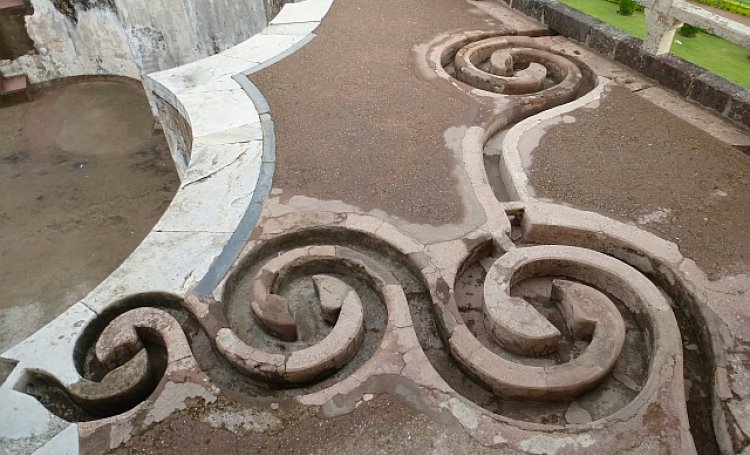Ancient Mandu’s Brilliant Way of Water Conservation Will Blow Your Mind!
Nestled in and around the ruins of a 1400-year-old ‘floating palace’, Mandu’s sophisticated rain harvesting system could teach us a thing or two about water conservation! #Heritage #History #WaterActionDecade

Mandu’s tryst with history is old. The parched little hilltop town in Madhya Pradesh, traces its roots to the Paramara dynasty in the 8th century CE. Though, not much is known about the history of the town, what makes it interesting are the ancient water conservation systems in place.
Want to reduce and monitor your water usage? Check out these solutions from our shop that can help you do so!

The reason why the water management techniques at Mandu are relevant in contemporary times is because we are running out of water. Cities are quickly running out of groundwater and are now heavily-dependent on tanker supply for their water needs.
The comprehensive water management system
The elaborate water harvesting techniques which catered to the needs of the people in those times, still continue to serve those who live in the city. The water management system at the fort complex at Mandu comprised of about 1200 water tanks which collected rainwater and supplied it to the rest of the fort through different channels.
These 1,200 tanks are spread across 70 monuments in the fort complex. However, over the years now, water conservation techniques are visible in only 700 water tanks across five of these monuments

One of these monuments is also the most iconic and visited spots in the city — the Jahaz Mahal (Ship Palace). Built in the 15th century by Ghiyas-ud-din Khilji, the Mahal, as rumour has it, housed a harem of 15,000 women.
The Jahaz Mahal is surrounded by two artificial lakes called the Munj Lake and Kapur Lake. These lakes, on either side of the fort, are connected by a canal that ensured equal distribution of water in the two lakes when it rained heavily. When both lakes fill up during the monsoons, the Mahal looks like a ship sailing in the sea, thus the name, Jahaz Mahal.

Jahaz Mahal also had several wells in the premises and most of these were large stepwells also known as baoris. While Andheri Baori maintained a cool temperature in the palace, 265 feet deep Ujala Baori was built away from the palace complex. The water in both these tanks were used for drinking purposes among other uses.
Water transportation within the palace complex
When all the channels were functional, they formed an important feature in the water management system at Mandu. There were underground channels that supplied water from the man-made lakes and tanks. Some of the water channels were built on the floor surface of the fort complex and intricately designed.

Several cisterns inside the fort complex stored water from the lakes and tanks. Some of these cisterns served the purposes of ‘royal bath’ (also known as Hamam Ghar) with steps being constructed on the sides of the cisterns for the ease of non-swimmers.
The water from Andheri baori was connected to the Hamam Ghar through three different tunnels. The first tunnel was above a cooking stove which heated up the water. While, the second one was meant to convert this water to steam and the third supplied the cold water.

The water tanks on the roof-tops were important reservoirs in the fort complex. These roof-top tanks had pipes and channels to maintain regular supply of water for domestic use and other purposes like gardening.
When rain was scarce and these rooftop tanks did not hold much water, the designers devised a pulley system. This pulley system comprised of silver baskets which served the purpose of vessels, carrying water from other tanks, manned by two people all day.
Perhaps, we can take some inspiration and even adopt some of these techniques in modern architecture to solve our water woes!
You May Also Read: Modern India Can Learn a Lot from These 20 Traditional Water Conservation Systems
(Edited by Saiqua Sultan)
Like this story? Or have something to share?
Write to us: [email protected]
Connect with us on Facebook and Twitter.
If you found our stories insightful, informative, or even just enjoyable, we invite you to consider making a voluntary payment to support the work we do at The Better India. Your contribution helps us continue producing quality content that educates, inspires, and drives positive change.
Choose one of the payment options below for your contribution-
By paying for the stories you value, you directly contribute to sustaining our efforts focused on making a difference in the world. Together, let’s ensure that impactful stories continue to be told and shared, enriching lives and communities alike.
Thank you for your support. Here are some frequently asked questions you might find helpful to know why you are contributing?


This story made me
- 97
- 121
- 89
- 167











